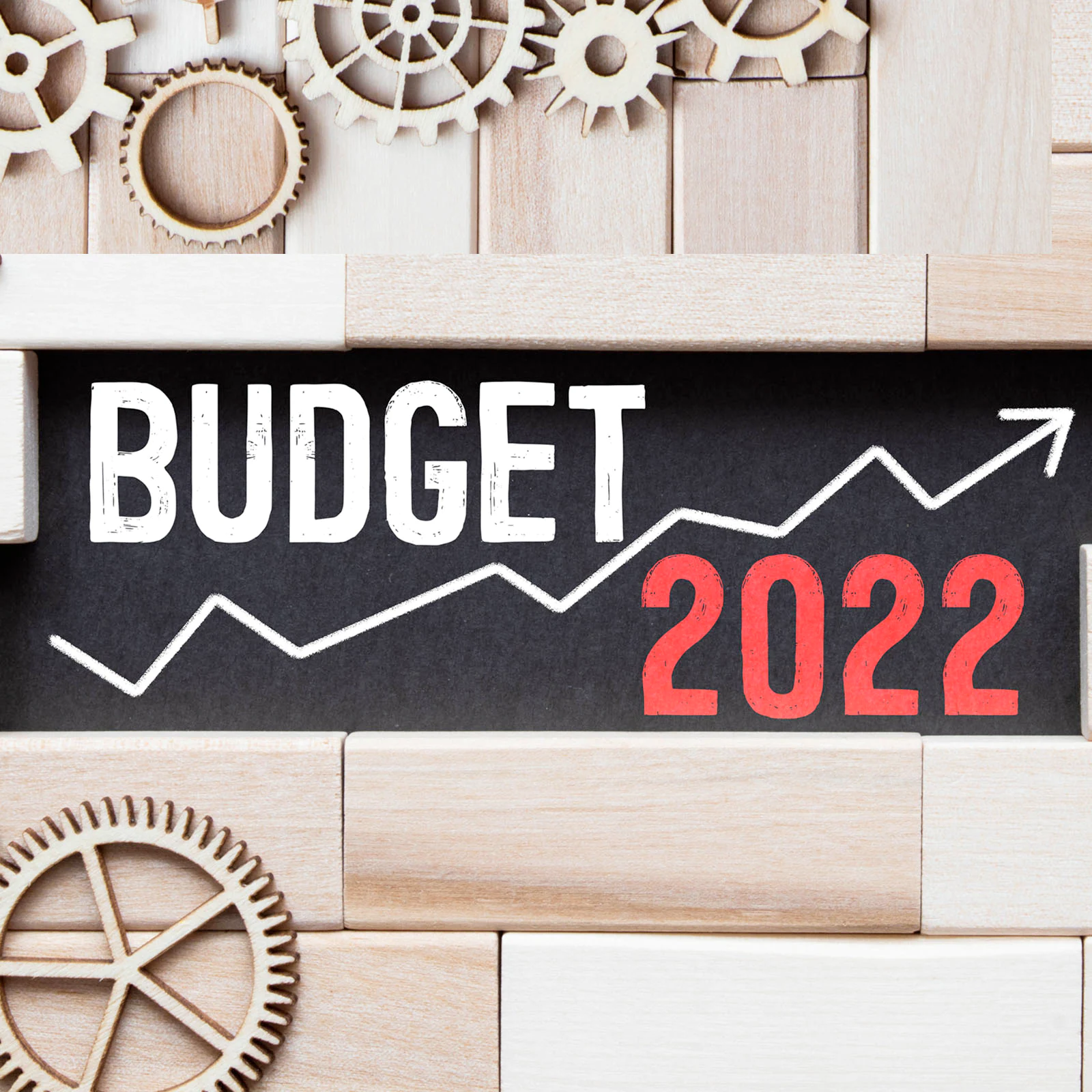The verb “cross subsidize” as defined by the Oxford dictionary is “Subsidize (a business or activity) out of the profits of another business or activity.” But what happens if that industry is facing the awesome prospect of losing $27 billion per year from 2017 onwards as reported by the World Bank? To put the number of $27 billion into perspective, it is equal to the entire nominal GDPs of Nepal and Zimbabwe… combined!
In my honest opinion the in-sync folks at Wikipedia have defined “cross subsidization” aptly, as “the practice of charging higher prices to one group of consumers in order to subsidize lower prices for another group.” When I read that definition is immediately reminded me of a heroic outlaw in English folklore, Robin Hood, who is famously known for “robbing from the rich and giving to the poor”. In this post and the many more that I intend to write, it is my intention to bring to your attention the malaise that has spread in the Indian Power setup from the introduction and the subsequent revisions in what many of us see as a harmless line item in our electricity bills.
The current scenario in the Indian power sector is very grim when one concentrates on the sheer magnanimity of the numbers.
- India possesses the 5th largest power system in the world
- 21% of the power generated by the India power generation companies is lost during transmission
- Bangladesh loses a mere 10% in comparison
- A World Bank report on June 24, 2014 stated that more than 300 million Indians (the entire population of the United States) still live without electricity today
- 200 million of them live in villages that are supposedly “electrified”
- The same report also stated that the sector was bailed out in 2011 with 1,90,000 crores
- That number exceeds the GDP of Bahrain by 10%!
- The sector was bailed out in 2001 with 35,000 crores of the tax-payers money
These poor metrics and massive bailout could have all been forgotten if the sector was aiding in “amp”ing up India’s GDP but when a FICCI report in 2013 points out that India loses $68 billion or Rs. 4,14,800 crores of its GDP due to power outages – it is time to sit up and take notice.
In my opinion the CSS (short form for Cross Subsidy Surcharge) is a dreaded dacoit that keeps raids the rich to buy narcotics and give it for free to the poor which give them the temporary high but the dacoit maintains its stranglehold. It should be noted that CSS was introduced by the previous BJP government when it passed the Electricity Act of 2003 and opened the power sector for competition. The intention at that time was to give the government run power companies some compensation for losing its customer base to cheaper and more efficiently run private power producers while they restructured themselves for this competition.
However this well intentioned move, atleast in hindsight, acted like treating a heroin addict by feeding him some more heroin and asking him to cure himself by reducing the amount of heroin he takes… such an approach rarely works! The government run entities latched on CSS like a lifeline and 6 years after CSS was to be abolished it is being used as a ploy to keep out competition and to harass consumers of power that can get cheaper power but that will not be in the best interest of the utility. The utility will tell you that they need CSS to provide free or low cost power for the agriculture sector and residential consumer but subsidization for one industry while upsetting the apple cart for all other industries is preposterous if not just plain illogical.
In certain states CSS is more than the cost of making power! For example TANGEDCO now charges a CSS of Rs. 3.40 to Rs. 3.61 per kwh while Maharashtra charges a CSS of Rs. 2.30 to Rs. 2.75 per kwh and both have increased their CSS in the last year. To see how ridiculous and anti-competitive these tactics are, just open the last annual report of Tata Sponge as available on its website. Their cost of power when they generated it for themselves was Rs. 1.47 but when they buy it from the open market or the utility the cost is upwards of Rs 8 – a large chunk of it attributable to the enormous CSS charges that are forced onto the customers.
This anomaly has led to a deathly downward spiral, one where the large users of power find it more feasible to own and operate captive power plants versus buying power from the open market or the utility. This leads to loss in valuable and profitable revenue for the entire industry – the power generator, the power transmission utility and the power distribution utility. The 3 are then stuck with power consumers that get power ridiculously cheap and below cost rates ranging from 0 (yes nada) to Rs. 2 per kwh and in the effort to balance their budgets they have to keep increasing the CSS charges and therefore driving out competition and customers too. This also has an adverse affect on inflation as electricity is a key cost for most industries.
In conclusion new government would serve the nation by ending this madness and abolishing the practice of CSS once and for all. If states want to subsidize power for residential and agriculture they should use their state subsidies budget to do the same and not lay the burden on other industries by charging them what is in effect an agricultural tax. Abolishment of CSS will give power and other industries the much needed shot in the arm (pun totally intended) to spur growth in the industry through an increase in power generation plants which will increase long-term employment and generate an affordable and growth filled future for our country.






